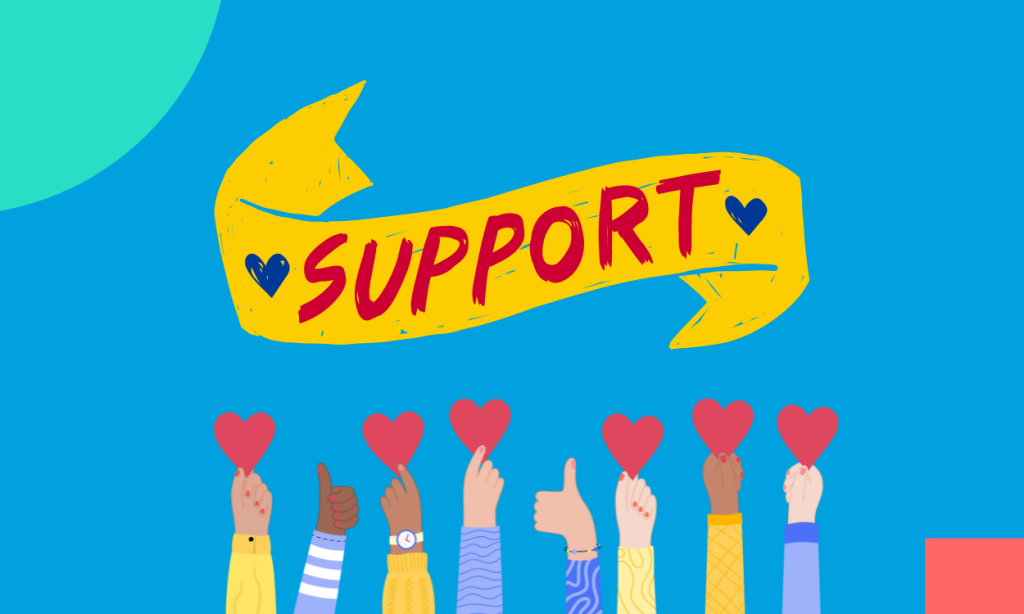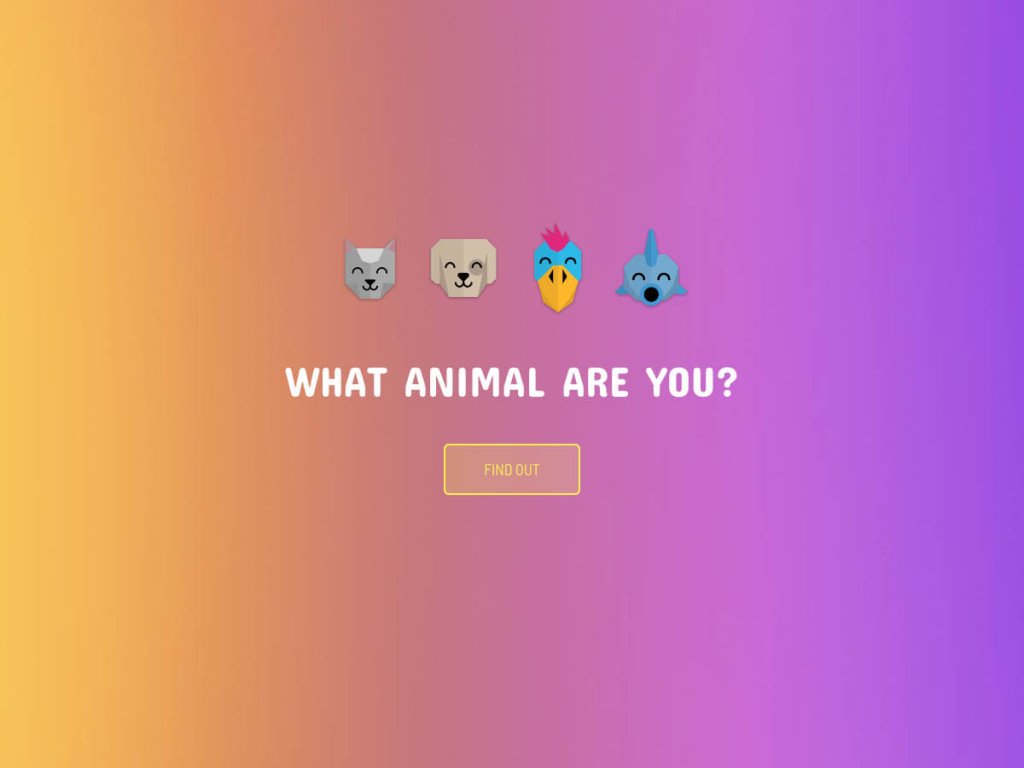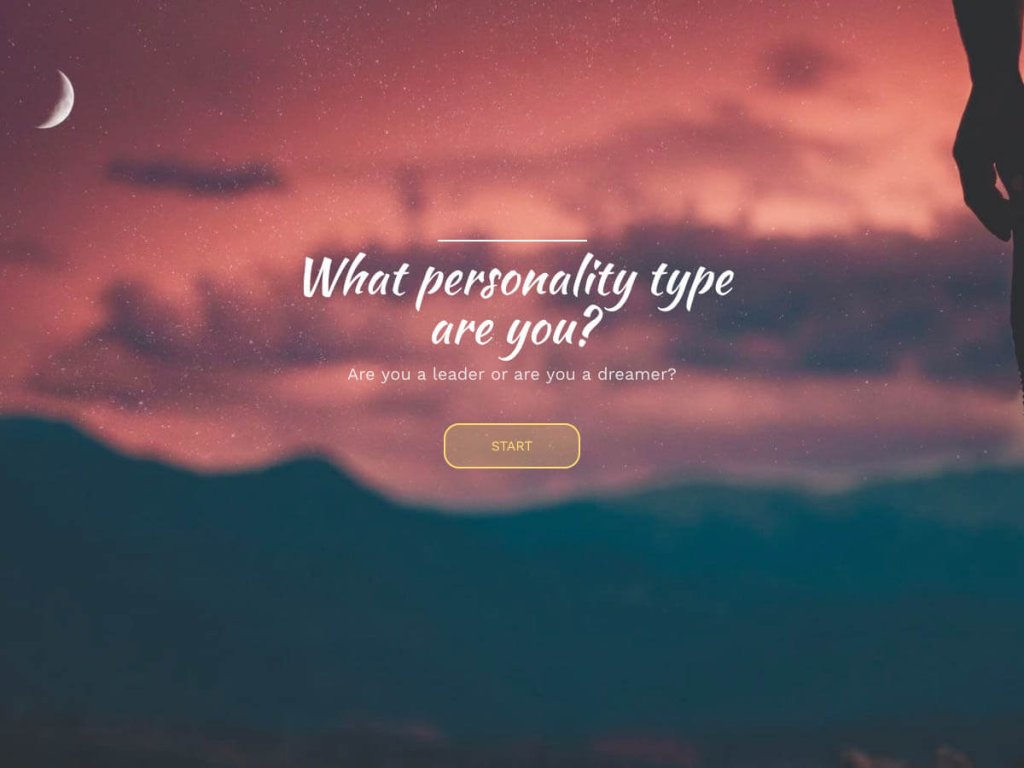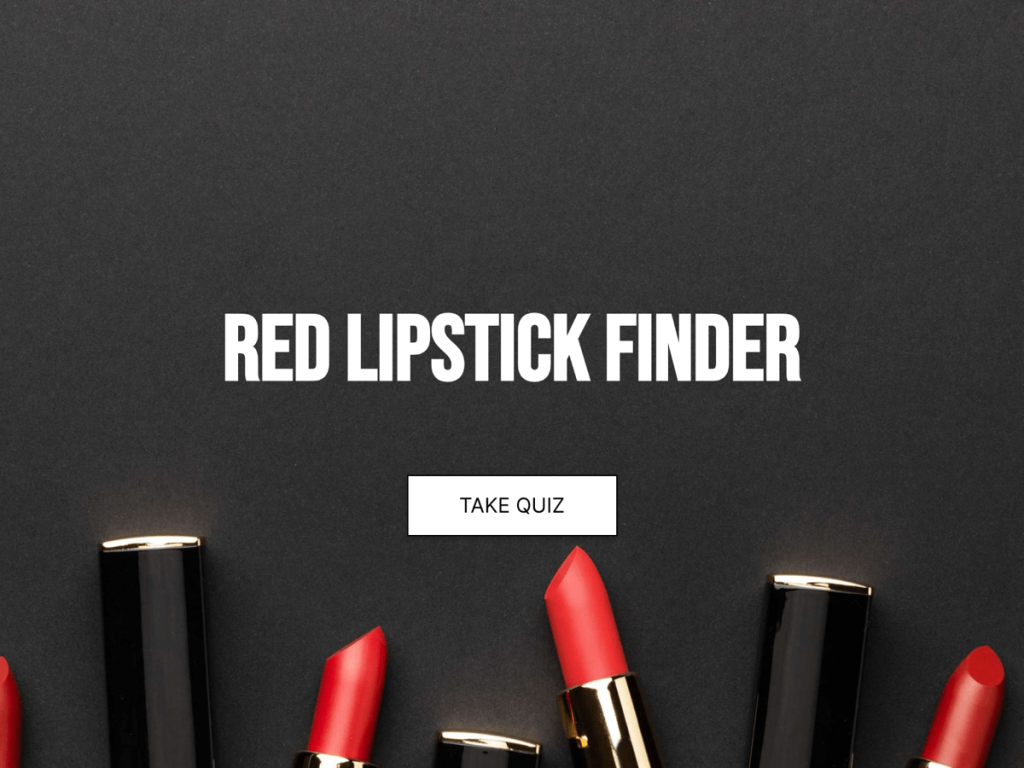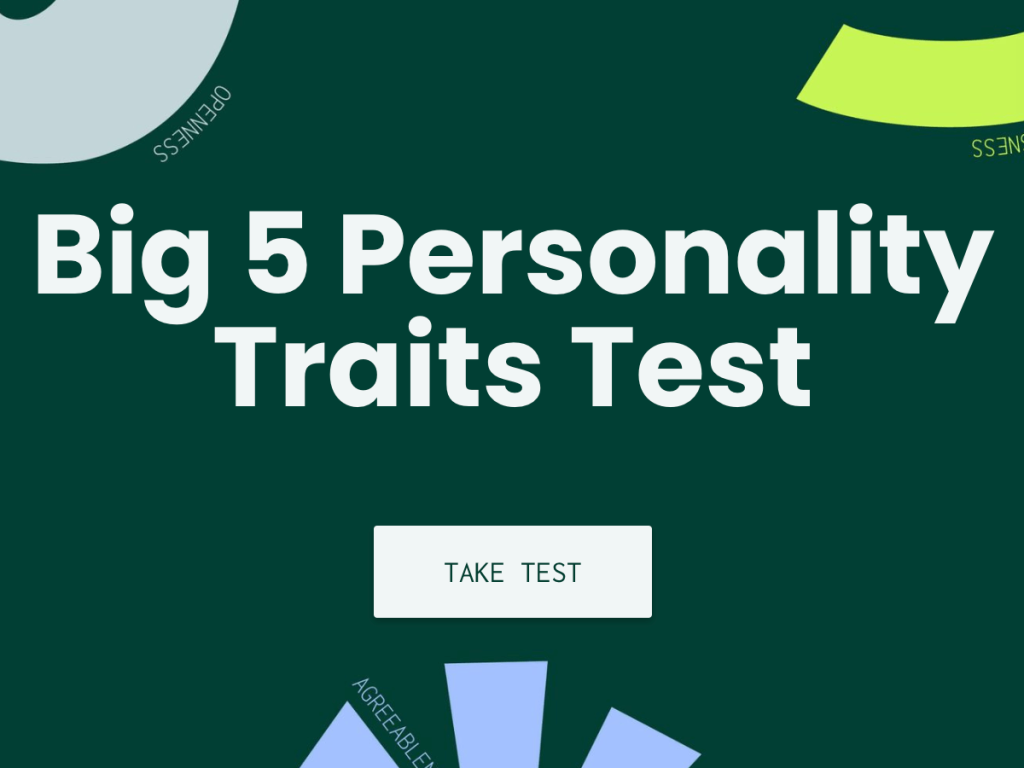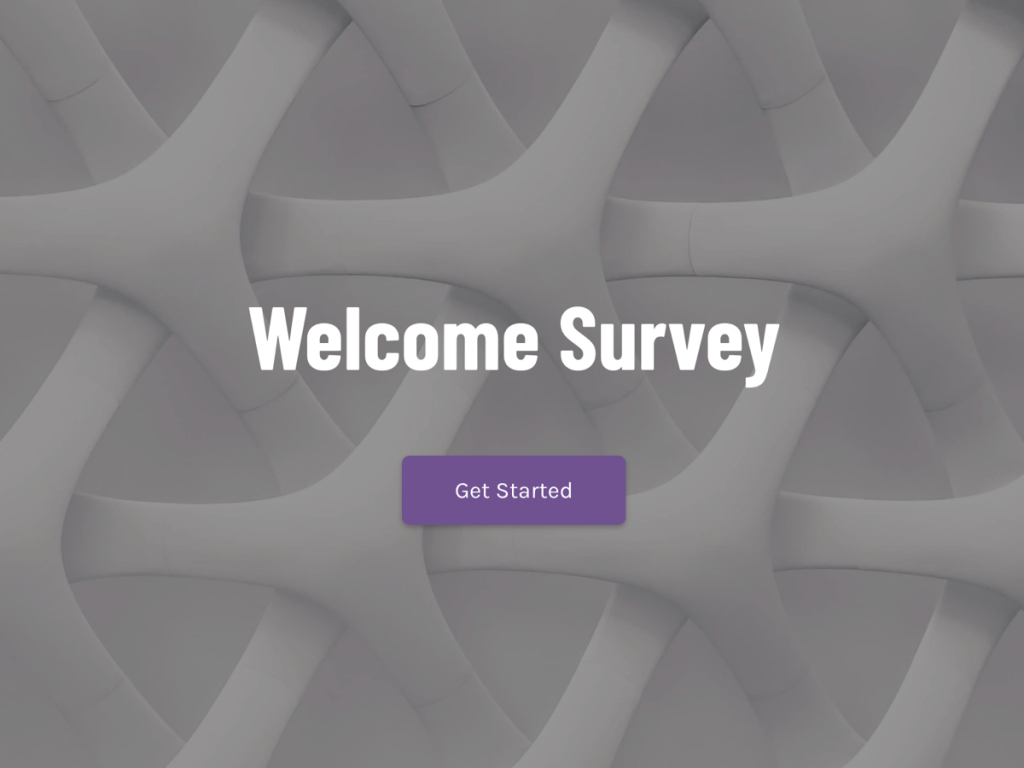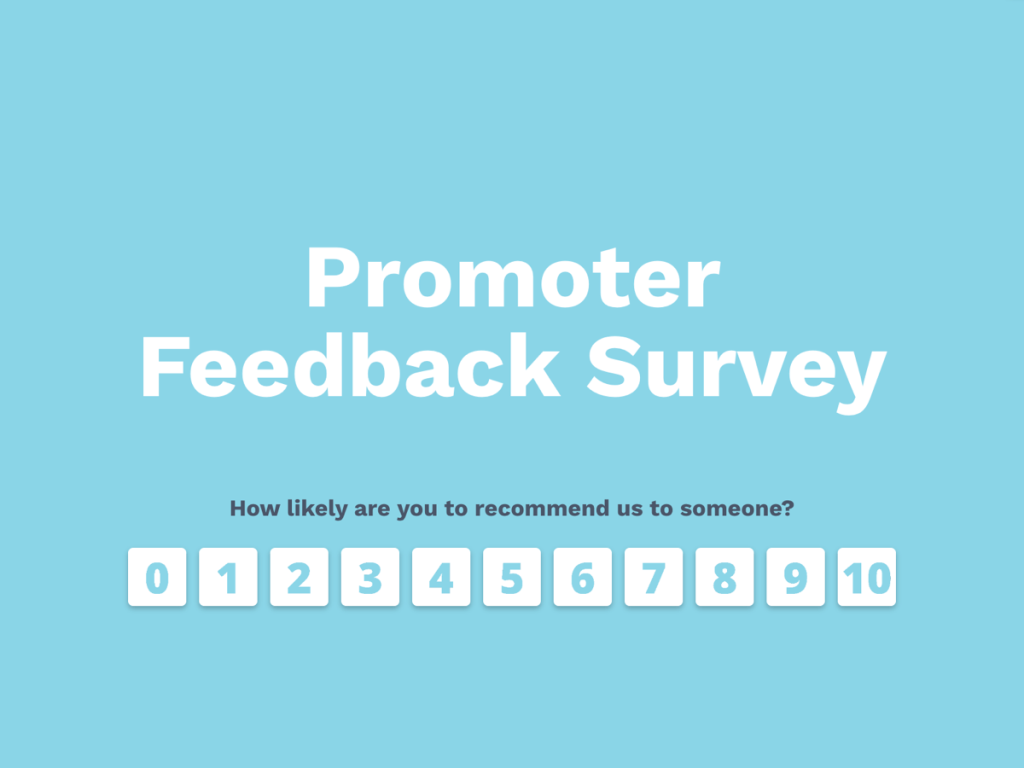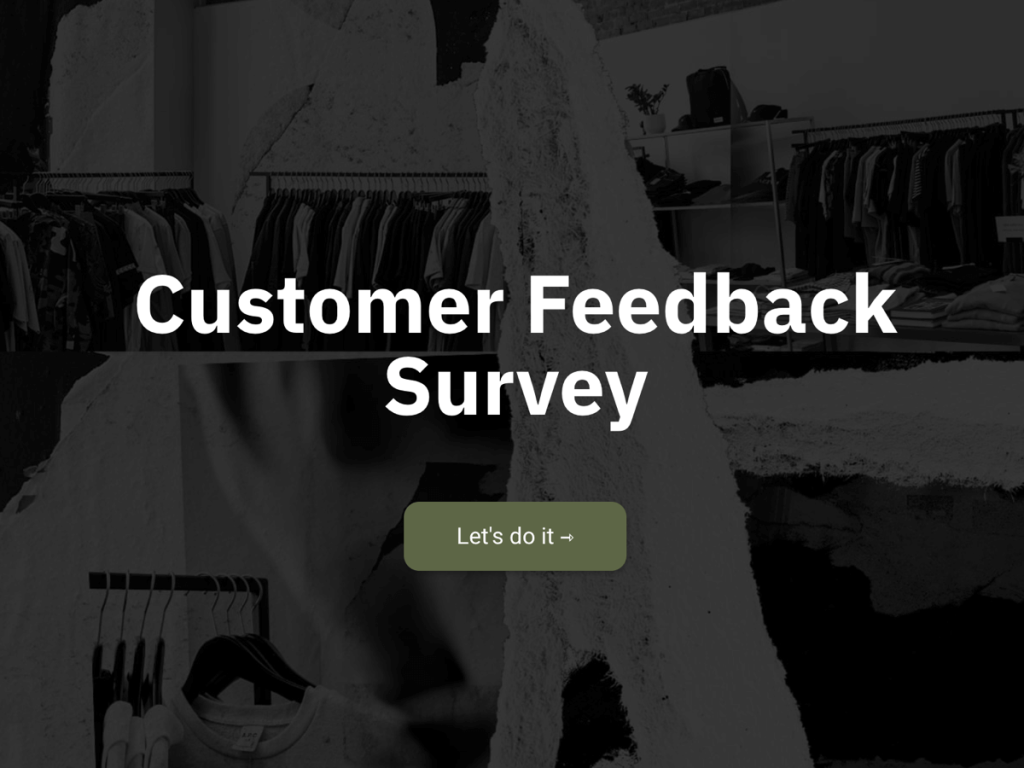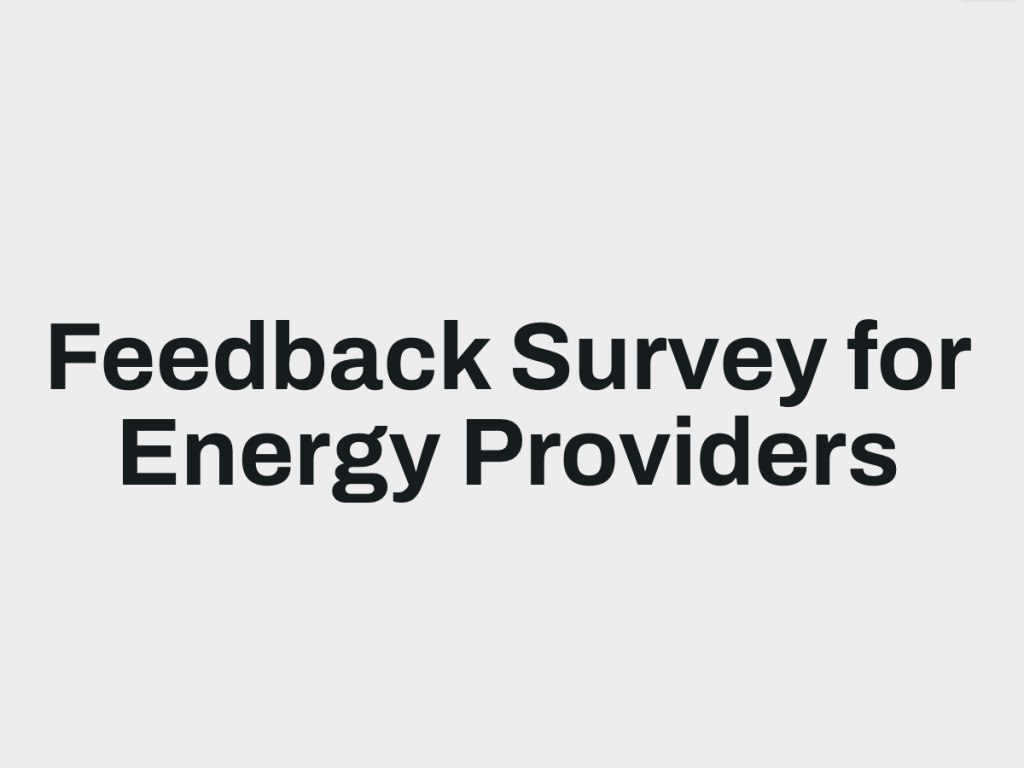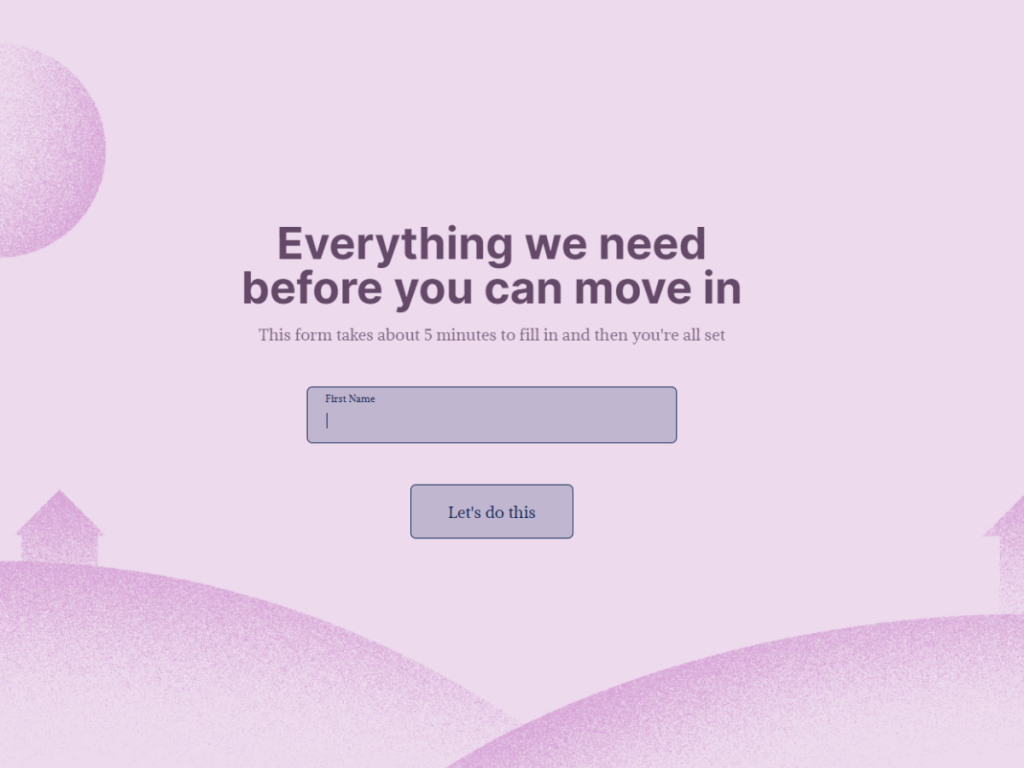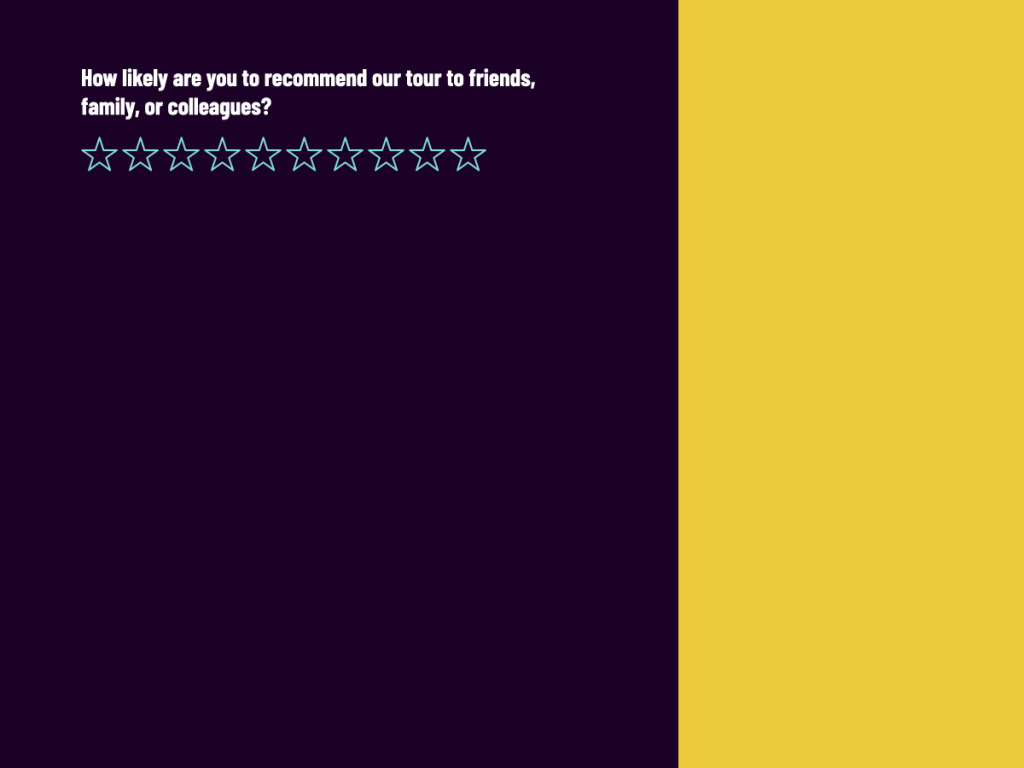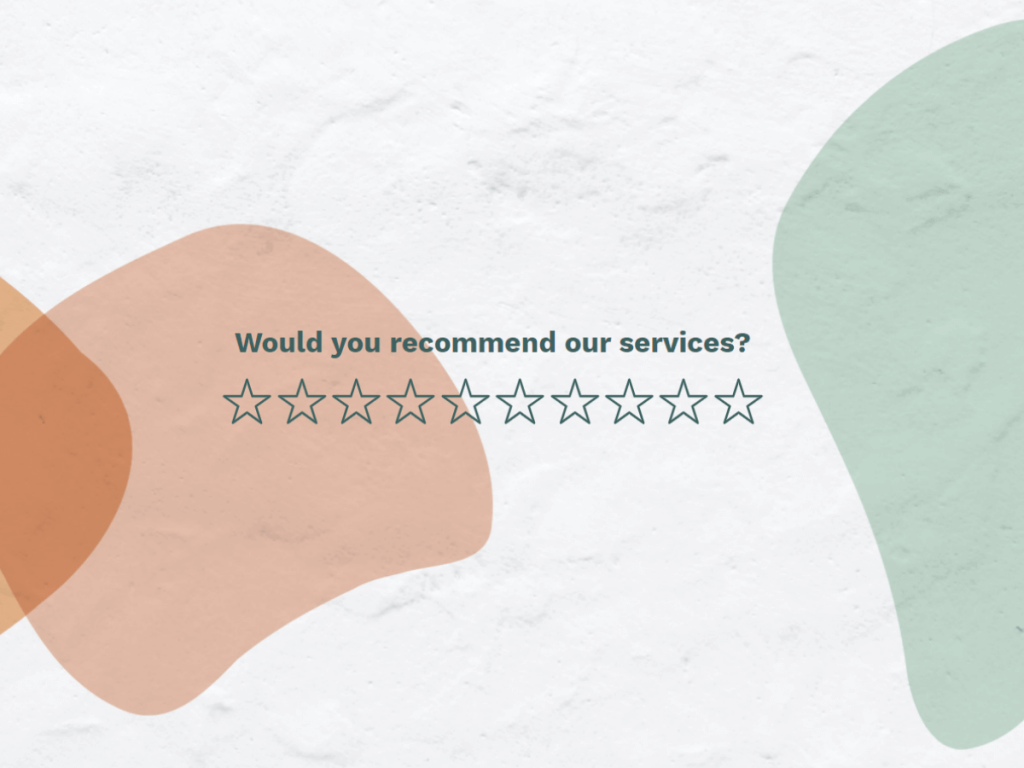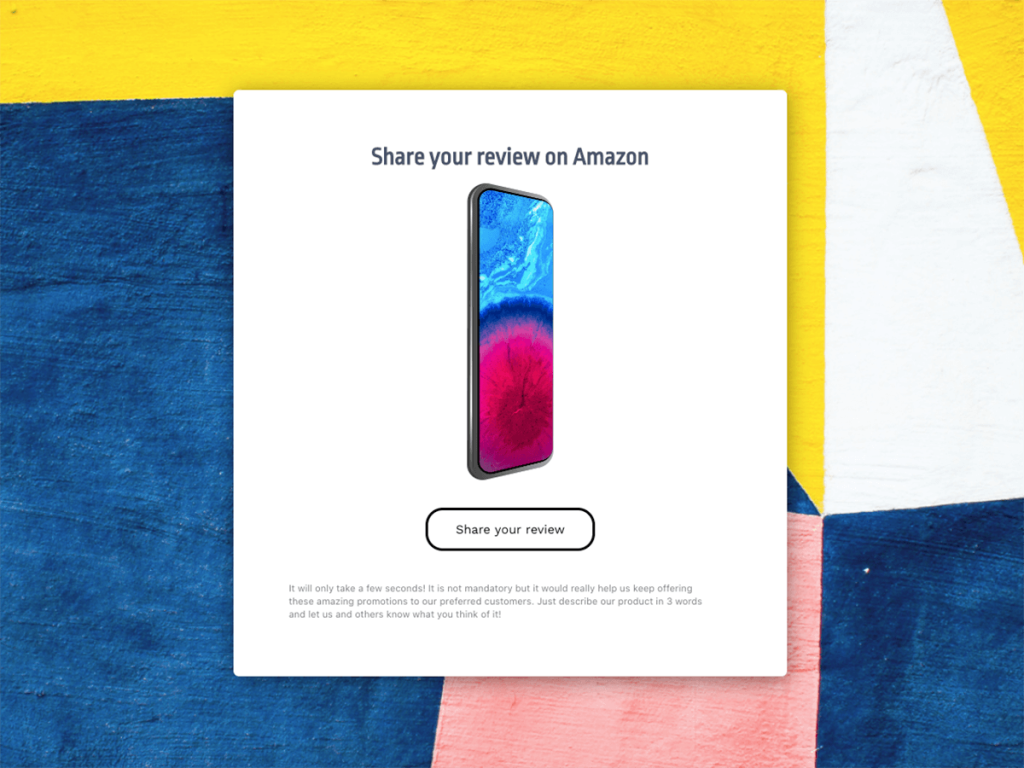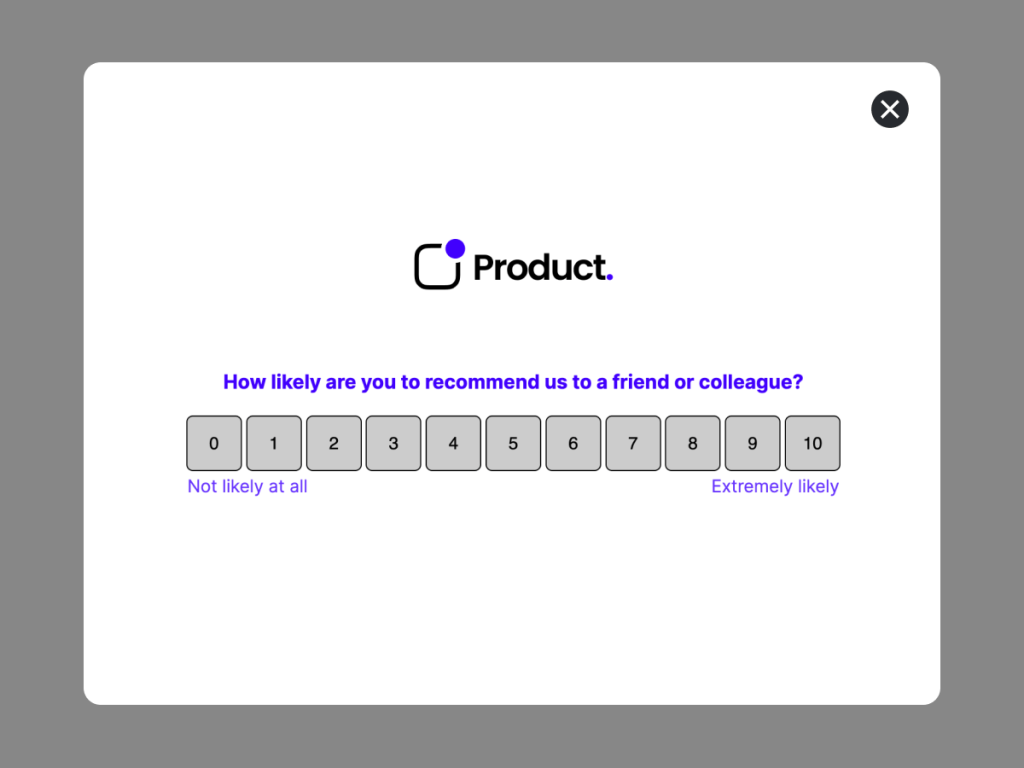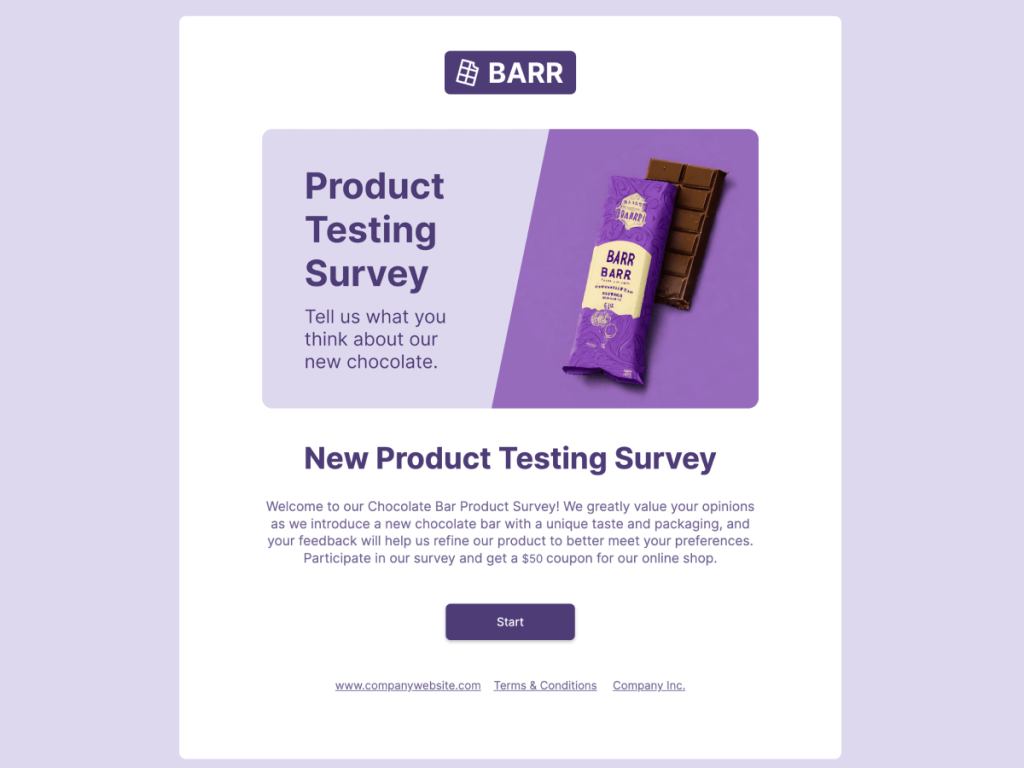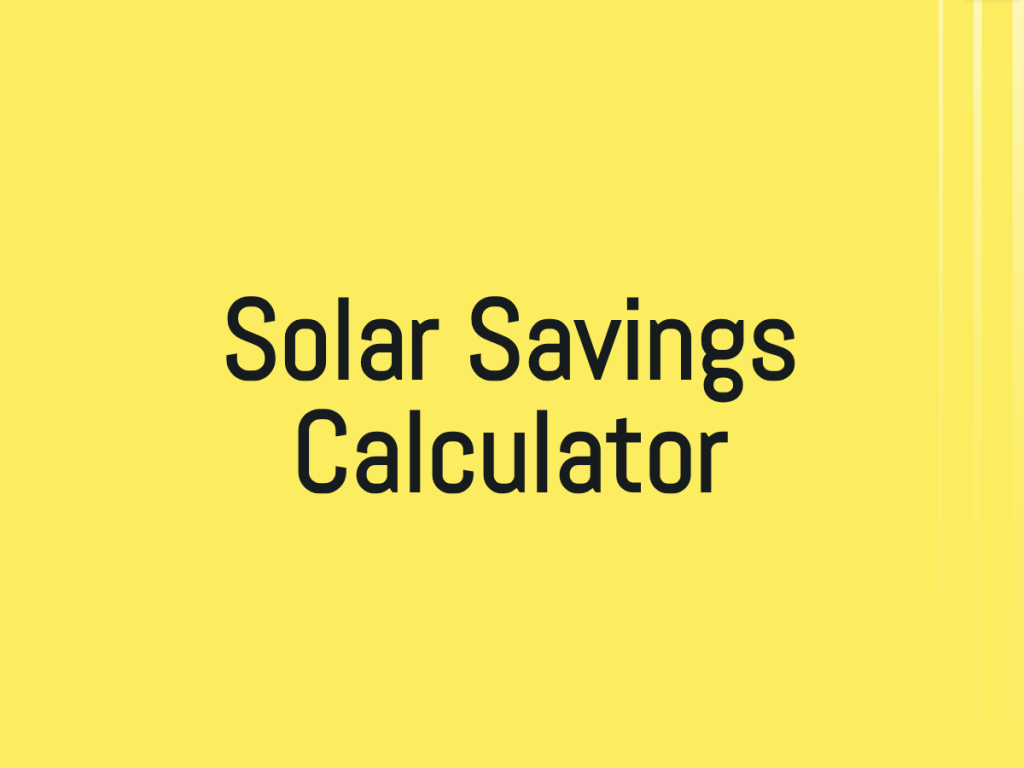Are you tired of your donors ghosting you after their first donation? Do you feel like they're just not that into you?
Don't worry, you're not alone. Many nonprofits struggle with maintaining engagement with their donors. But fear not, because in this article, we'll be discussing strategies to keep your donors coming back for more.
So get ready to turn those one-time donors into lifelong supporters!
Why Long-Term Engagement is Critical for Nonprofits
You may be thinking that once you receive a donation, your work is done. Yet, this is not totally correct. In reality, this is only the beginning. Long-term donor engagement is essential for organizations because it may result in sustained and consistent revenue.
When you develop good relationships with your donors, they are more likely to support your organization in the future. Long-term engagement also contributes to the development of trust and loyalty, which can lead to greater contributions and even word-of-mouth recommendations.
Hence, by engaging in long-term donor engagement, you're not just securing financing, but also creating a strong network of supporters who believe in your goal and want you to succeed.
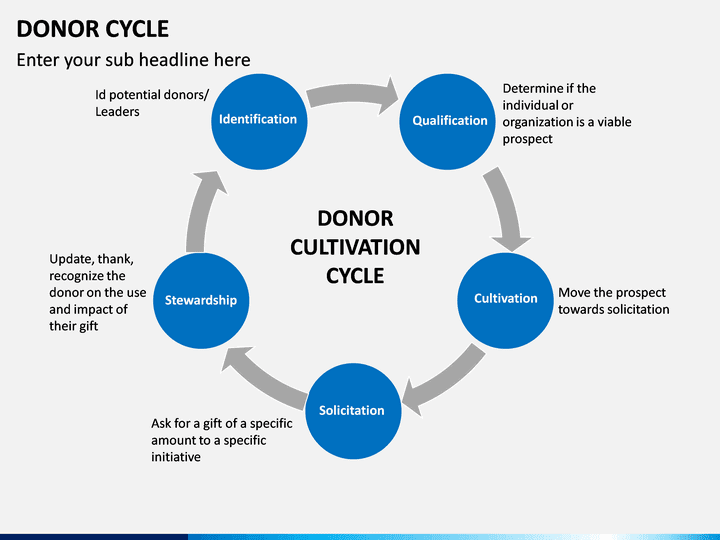
How Understanding Your Donors Helps in Long-Term Engagement
To build long-term relationships with your donors, you must first understand them. One method is to create custom quizzes that will help you learn about their background, personality, and interests.
This data may be utilized to personalize your communication and engagement efforts to their preferences, improving the likelihood that they will continue to support you. Understanding your donors' motivations, values, and problems may also assist you in developing focused fundraising efforts that appeal to them.
Create Your Own Quiz
Customize the template for free
What's Your Travel Type? Template
What Animal Are You? Template
What Personality Type Are You? Template
What's Your Perfect Shade Of Red? Template
Big Five Personality Test Template
What's your skin type? Template
Ultimately, understanding your donors is critical for developing meaningful relationships with them and fostering a giving culture inside your organization.
4 Ways Nonprofits Can Foster Long-Term Engagement with Donors
Nonprofits can utilize a number of strategies to increase long-term donor engagement. You may develop long-term connections with your contributors and build a community of supporters who are involved in your organization's success by applying these approaches.
Gamification
Gamification is an approach that can help you improve donor engagement. Create a gamified donation system in which contributors are rewarded with badges, points, or incentives for their contributions.
By turning donations into a game, you can foster a sense of competition and incentivize donors to continue donating. Furthermore, it adds a fun aspect to the contribution process, which might make it more engaging for donors.
Consider what sorts of incentives will be most enticing to your contributors and how you can make the system simple to use and comprehend when developing a gamified contribution system. You may build a more engaging contribution experience that increases long-term involvement with your organization by using this method. For instance, in restaurant management gamification techniques can be used in donation campaigns, encouraging customers to participate and contribute. This will enhance the relationships and increase business profits.
Example of Gamified Fundraising
One example of a gamified donation system is Extra Life, a fundraising program for the Children's Miracle Network Hospitals. Participants can create a profile and raise money by playing games and streaming their gameplay.
Donors can give money to support their favorite gamers and help them reach their fundraising goals. As participants reach fundraising milestones, they are rewarded with badges and prizes. The program has been successful in engaging a younger demographic and raising millions of dollars for the hospitals.
By making fundraising into a game, Extra Life has created a fun and engaging way for donors to support a good cause.
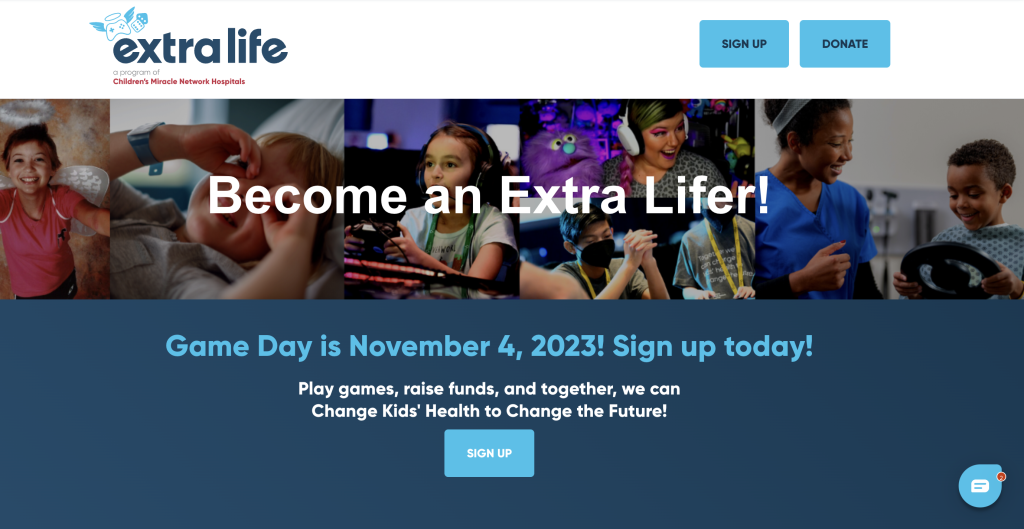
Impact Reports
Another way to foster long-term engagement with your donors is by sending regular impact reports. These reports should highlight the impact that donors' contributions have had on your nonprofit's mission.
You may emphasize the significance of donors' contributions and promote continuing participation by showing them the real effects of their support. Impact reports may also aid in the development of donor confidence by showcasing your organization's accountability and transparency.
Consider utilizing a combination of statistics and storytelling to build a compelling narrative about the benefit of your organization's efforts when developing impact reports. Depending on your contributors' preference, you may deliver these reports by email, mail, or even social media. In this stage, you should consider doing DMARC check and taking other email security measures to ensure your message reaches the contributors' inboxes.
You may develop a more meaningful and gratifying relationship with your contributors by using this method.
Example of an Impact Report
Here’s an example of an impact report for a non-profit organization that helps provide education to underprivileged children. Imagine you're sending this impact report to a donor who supported your cause. The impact report might include:
"Subject line: Thank You for Your Ongoing Support - Impact Report Included
Dear Donor,
Thanks to your generous contribution, we were able to provide education to over 500 children from low-income families in the past year. Your donation made it possible to hire more teachers, provide school supplies, and improve the quality of education we offer.
Here are some of the highlights of what we accomplished with your support:
95% of our students showed improved academic performance
80% of our high school graduates went on to pursue higher education
We added new extracurricular activities such as sports and music classes, giving our students a chance to explore their passions and develop new skills
We're incredibly grateful for your support, and we hope you feel proud of the impact you've had on the lives of these children. Thank you for making a difference!
Sincerely,
The Nonprofit Team"
The email starts with a clear and specific subject line that sets the tone for the content of the message. The email then begins with a personalized greeting and expresses gratitude for the donor's support. It highlights the impact of the donor's contribution on the nonprofit's mission and provides concrete examples of the accomplishments made possible by the donor's support.
Finally, the email ends with a sincere thank-you message and a closing from the nonprofit team. Overall, the email is structured to show appreciation, report impact, and encourage continued support from the donor.
If you’re not sure how to write your message, you can use some AI writing tools. You can also utilize some cold email software, to schedule or automate your personalized impact report delivery.
Donor Recognition
Another excellent method for establishing long-term engagement with your supporters is donor recognition. Recognizing donors publicly through social media, well-designed website banners, or even in physical spaces can help to show donors that their contributions are valued and appreciated.
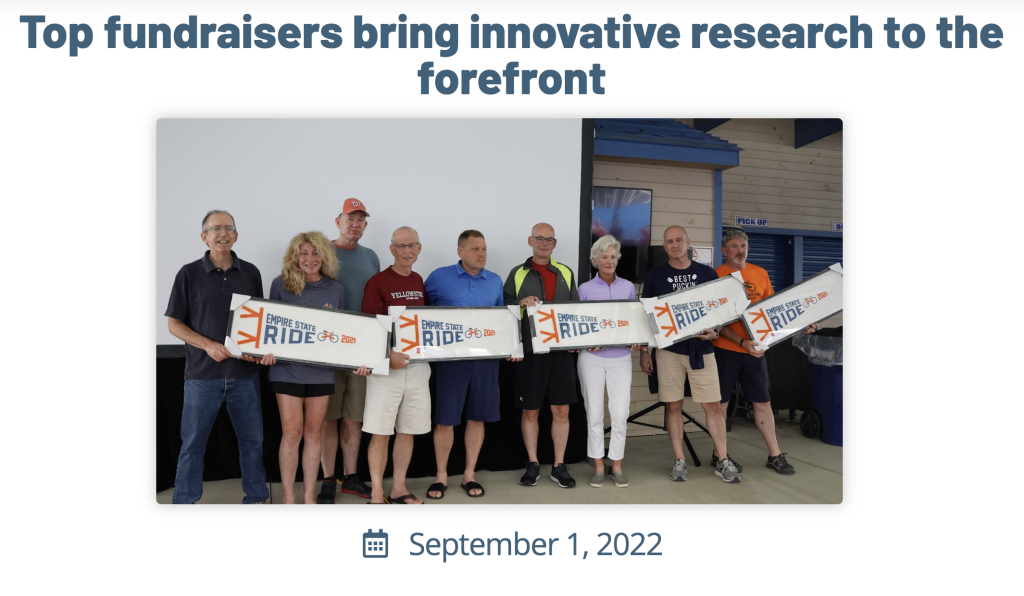
This might result in enhanced loyalty and a deeper emotional connection between your company and its donors. When thanking contributors, customize the message to make it more meaningful. Consider establishing several levels of acknowledgment according to the size or frequency of donations.
By implementing a donor recognition program, you can create a sense of community and foster a culture of giving among your supporters.
Example of a Donor Recognition
One great example of donor recognition in a nonprofit is the Lights of Hope program by American Cancer Society Cancer Action Network’s (ACS CAN). Through this program, the organization recognizes its top fundraisers and creates a sense of community among its supporters.
ACS CAN displays a leaderboard of top fundraisers on its website, which allows donors to see where they rank and motivates them to continue supporting the cause. This program not only recognizes donors' contributions but also creates a healthy sense of competition among supporters, which can encourage them to continue giving in the long term.
By implementing such recognition initiatives, nonprofits can strengthen their relationships with donors and show their appreciation for their continued support.
Donor Surveys
Donor surveys may be a valuable tool for learning how your charity can boost donor engagement. You may get input on what donors appreciate the most, their preferences for communication and participation, and what inspires them to continue supporting your organization by conducting regular surveys.
This can assist to strengthen relationships with donors and show that their opinions are valued. Make sure to develop custom surveys and use open-ended questions that allow donors to express themselves in their own words. Consider providing an incentive for completing the survey, such as a little gift or raffle entry.
Create Your Own Survey
Customize the template for free
Welcome Survey Template
Promoter Feedback Survey Template
Customer Feedback Survey Template
Feedback Survey for Energy Providers Template
Rental Real Estate Onboarding Funnel Template
Rate Your Tour Experience Survey Template
You may enhance your contributors' commitment to your cause and boost their long-term engagement with your organization by listening to them and responding to their comments.
Tips for Utilizing Donor Surveys
Donor surveys are an excellent method for gathering feedback on how your nonprofit can improve engagement with your supporters. By sending out surveys, you can demonstrate to your donors that their opinions matter and that you are committed to making improvements.
Consider asking questions such as:
How did you first hear about our organization?
What inspired you to make your first donation?
What motivates you to continue supporting our organization?
What suggestions do you have for improving our communication with donors?
Would you be interested in volunteering with our organization?
How satisfied are you with the communication you receive from our organization?
What specific programs or initiatives would you like to see us prioritize in the future?
How likely are you to recommend our organization to your friends and family?
Make sure to keep the survey short and straightforward, and consider offering a small incentive to encourage participation. By gathering feedback from your donors, you can gain insights into how you can improve engagement and foster a stronger relationship with your supporters.
Key Takeaways for Long-Term Engagement with Donors
In this article, we've discussed the importance of long-term engagement with donors for nonprofits. We've explored four effective strategies for fostering long-term engagement, including gamification, impact reports, donor recognition, and donor surveys.
Gamification involves creating a system that rewards donors with badges, points, or prizes for their contributions, which can increase engagement and encourage competition. Impact reports are regular reports that show donors the impact their contributions have had on the nonprofit's mission, reinforcing the importance of their support and encouraging continued engagement.
Donor recognition involves publicly recognizing donors through various channels, such as social media, website banners, or physical spaces, which shows donors that their contributions are valued and appreciated.
Donor surveys are used to gather feedback on how the nonprofit can better engage with donors, which builds a stronger relationship with donors and shows that their opinions are valued.
It's clear that long-term engagement with donors is critical for the success of nonprofits, and the four strategies we've discussed can help to foster that engagement. By implementing gamification, impact reports, donor recognition, and donor surveys, nonprofits can build stronger relationships with their donors, increase engagement and support, and achieve their mission more effectively.
We encourage nonprofits to take action and implement these strategies to foster long-term engagement with their donors, ultimately leading to greater impact and success.
Author
Erkki Muuga is the founder of influno.com, which helps entrepreneurs, marketers and sales managers make the best decisions on the business tools to drive their businesses forward. Erkki's background is in software product management.
